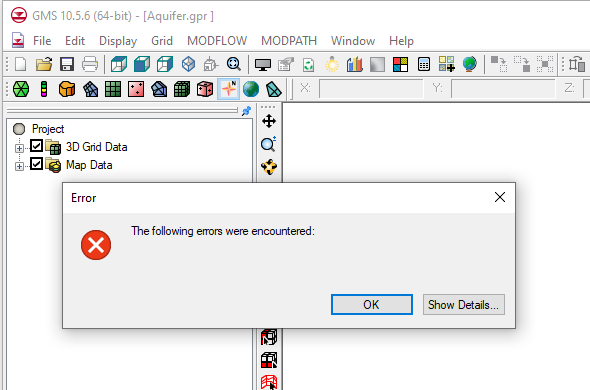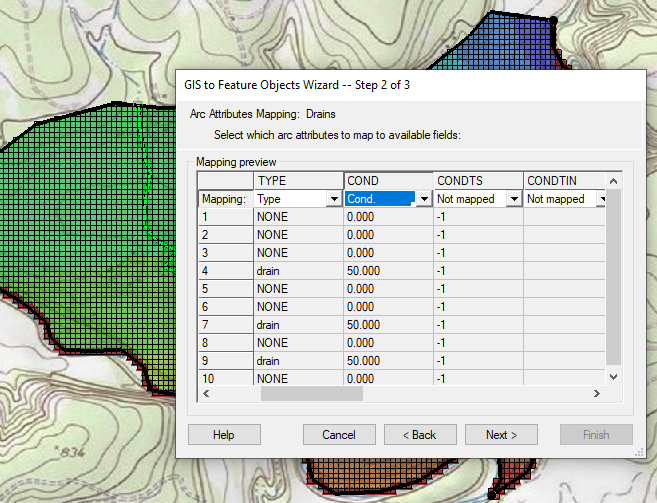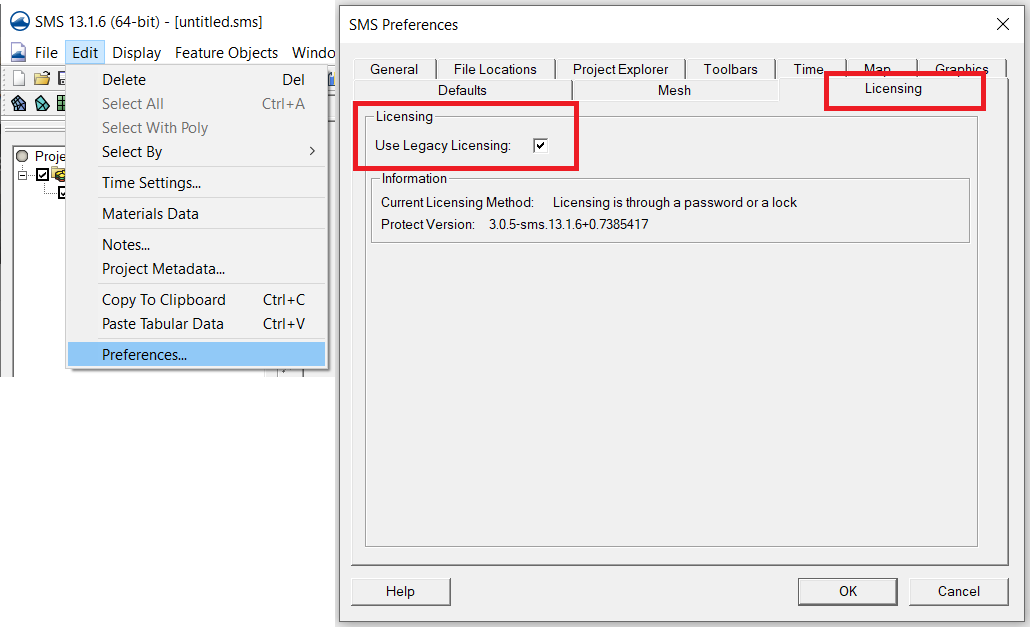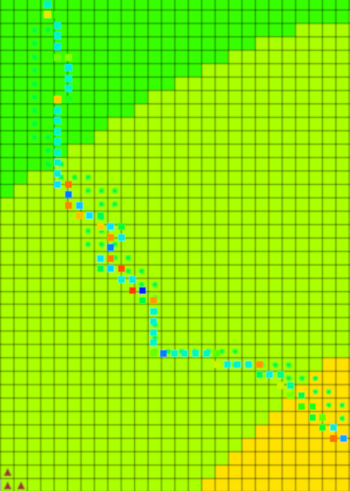Importing Older Projects into GMS
By aquaveo on April 28, 2021Do you have an older GMS project that you need to open in the current version of GMS? Maybe you want to bring an older project into a newer version of GMS so you can make use of new features that have been added to GMS. Working with older projects can sometimes be tricky. Older versions of GMS are no longer supported and will break down over time. This article will explain more about why this happens and what can be done to get your older projects into a current version of GMS.
Generally speaking, GMS rarely has problems opening projects that are only a few years old. For example, the current version of GMS is version 10.5. Projects created in versions as far back as GMS 10.0 or 10.1 are likely to open without any issues For projects that are older, for example, projects that were created more than ten years ago, some issues may occur.
Over time, changes to the GMS interface, changes to the Windows operating system, and other factors may cause your project to not open in a current version of GMS. Also, how the data files were stored may cause the data to be unreadable.
When you have an older project that has failed to import into GMS, you can try a couple methods to get it into the current version of GMS.

The first method is to migrate the project through different GMS versions. This is done by opening the project through consecutively more recent versions of GMS. For example, if your project was originally built in GMS 8.1 and does not open in GMS 10.5, you could start by opening the project in GMS 9.0, and then saving the project if it imports correctly. After this, try opening the project in GMS 10.0 and saving the project again. Finally, see if the project opens in GMS 10.5 and save it. While doing this stepping process, review the project to make certain it remained intact. Some corrections are likely needed because of how the migration process functions.
Aquaveo’s technical support team can help you obtain older versions of the software if you have a current license.
The second method is to rebuild the project in the current version of GMS using files from the original project. For MODFLOW projects, this is done by importing the native MODFLOW files. GMS can also read the MODFLOW files that are exported by GMS. You also may need to import individual files, such as the map files or grid files. Using this method you may not get everything out of the older project, but should be able to obtain enough to create a complete, working project.
If you need additional help with importing an older project into the current version of GMS or any of our software, contact our consulting team for assistance.









